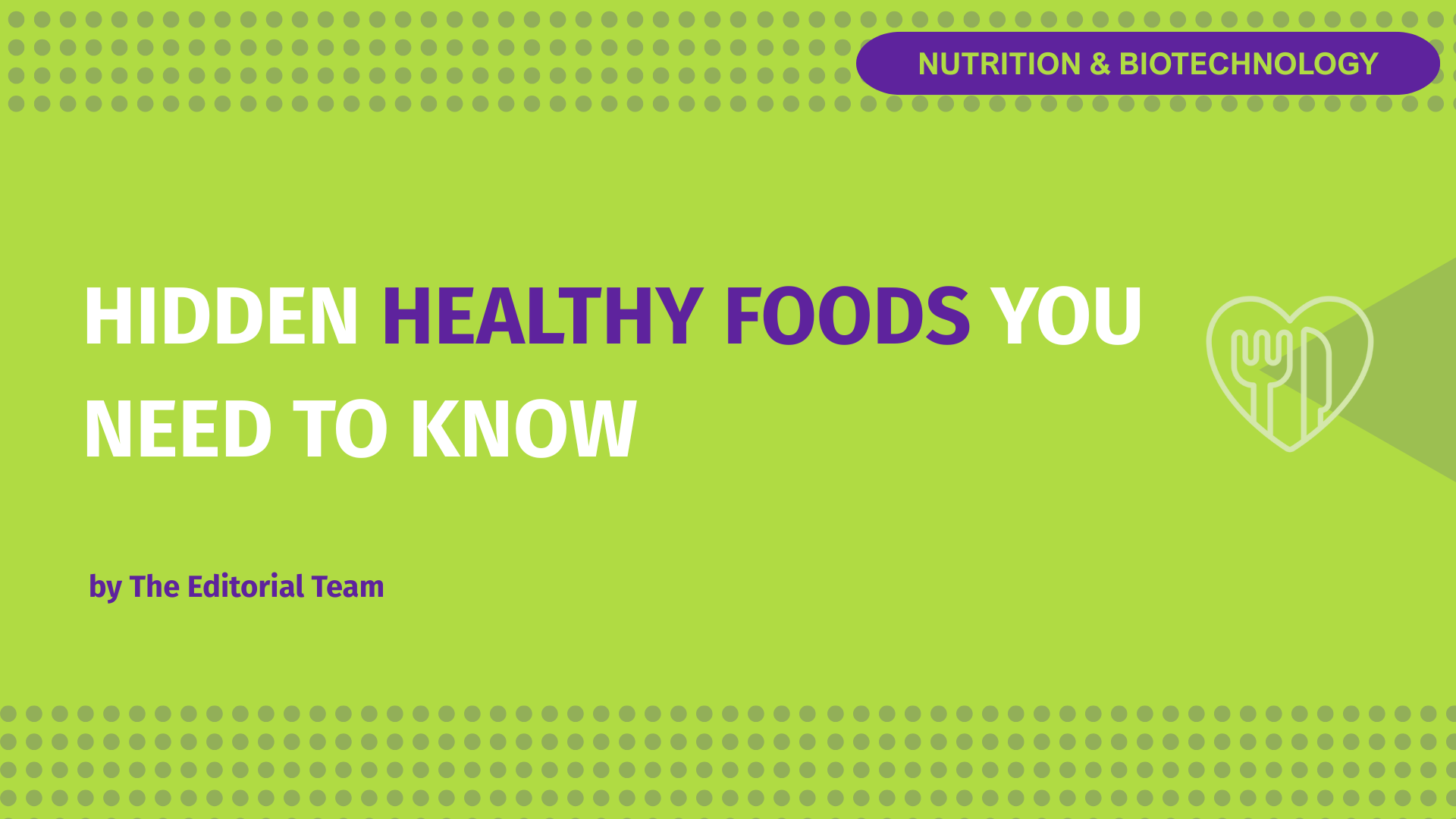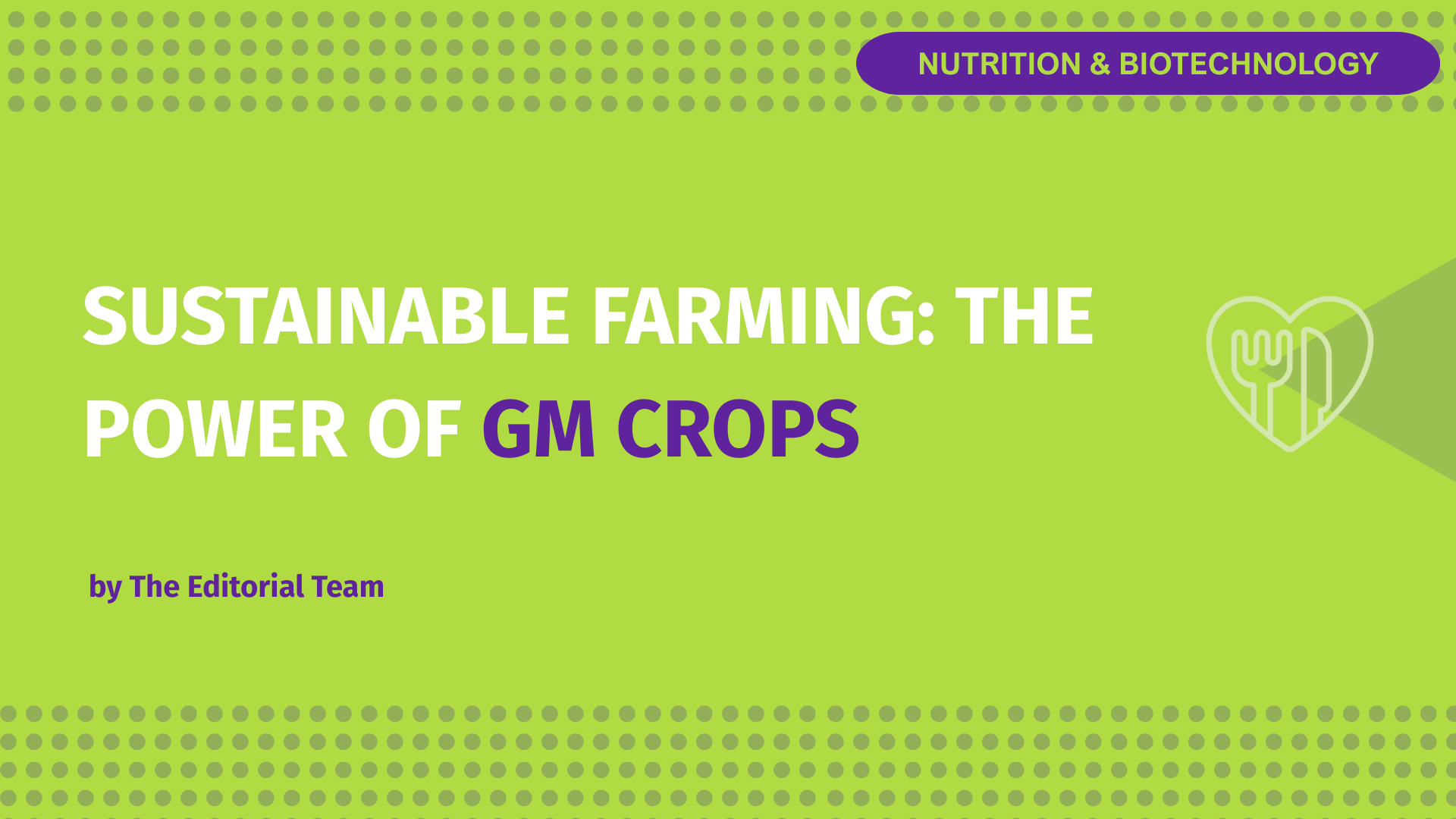We live in an era where the lines between what we eat, how we stay healthy, and how we treat illness are harder to pin down. Hidden healthy foods—those nutritious ingredients often overlooked—play a key role in this new landscape. More than just a plate holding food, mealtime has become an everyday act of care, a way to protect the environment, and, for many, a quiet pushback against long-term health problems. As science moves forward and traditions hold steady, some foods reveal themselves as more than simple ingredients. Trusted partners in our ongoing effort to stay well, their value goes beyond what they provide to the body, raising questions about how we live, heal, and age.
Celery: Power in Its Plainness
Celery might look boring at first. Mostly water, it adds a quiet crunch to any dish. Closer inspection reveals important health benefits. Composed of over 95% water and containing just 14 calories per 100 grams, celery proves that low-calorie doesn’t mean low impact. Key nutrients such as vitamins A, C, and K, along with folate, potassium, calcium, fiber, and powerful flavonoids like apigenin and quercetin, make it a nutritional ally.
Hydration and digestion get a boost from celery’s fiber, which also helps create a feeling of fullness that supports weight management. The real interest lies in its potential to prevent some health issues. Apigenin and other compounds block enzymes linked to inflammation, benefiting heart and joint health. Some research points to celery’s role in lowering bad cholesterol and improving blood vessel function.
Celery juice is often praised as a detox miracle, but its true power lies in regular use as part of a balanced diet. Whether eaten raw, cooked, or juiced, celery adds variety and natural diuretic effects that support kidney function and reduce excess fluid, possibly helping prevent kidney stones. Including a few stalks or a glass of juice in your weekly routine can provide lasting health benefits.
Dish idea: Salad with celery, apples, walnuts, and a Greek yogurt lemon sauce.
Clementines: Little Orbs of Sunshine
A single clementine packs about 60% of your daily vitamin C. This key antioxidant helps boost the immune system, supports collagen production, and improves how your body absorbs iron. Under their sweet and cheerful taste, clementines offer a surprising amount of goodness. They provide fiber, have few calories, and are filled with flavonoids.
They assist with digestion and help manage inflammation. You can look at them as both a tasty snack and a small health plan. Some traditional practices credit clementines with aiding kidney health and preventing cancer, though science is still catching up to confirm this.
Clementines focus on making accessibility a priority in an ethical way. Their flavor draws in both kids and adults boosting fruit consumption for different ages. While today’s world leans on processed foods peeling and eating this simple fruit brings a hands-on fragrant reminder of life’s basics.
Recipe idea: Blend up a clementine and strawberry drink with coconut water.
Pumpkin Seeds: Small but Powerful
Inside the hard shell of a pumpkin seed, there’s a lot packed into a small space. In just one ounce (about 28 g), you’ll find 9 g of protein, 8 g of good fats, and key minerals like magnesium, zinc, iron, and manganese. These seeds even offer tryptophan, which is a natural way to give your body what it needs to improve sleep.
Pumpkin seeds help the immune system, support prostate care, and keep the heart healthy. Nutrients like zinc and magnesium play a key role in controlling mood keeping bones strong, and managing swelling in the body. The plant sterols and fiber in them also work to control both cholesterol and blood sugar.
These seeds are not packed with goodness but also useful. Roasting them or soaking them makes their nutrients easier for the body to absorb. At that point, they stop being just a topping—they become a real source of powerful compact nutrition. Eating a small portion every day shows how even the tiniest things can provide big health benefits.
Cooking tip: Try making pumpkin soup and add spiced pumpkin seeds on top.
Pomegranate Juice: A Red Gem in a Glass
Pomegranate juice looks amazing and packs real metabolic power. It contains compounds like punicalagins, anthocyanins, and ellagic acid that give it strong anti-inflammatory and antioxidant properties rivaling what some medications can offer. Research shows it helps reduce artery plaque, brings down blood pressure, and balances cholesterol levels.
It also shows promise in helping the liver. Studies reveal it improves enzyme levels in people with metabolic issues. Plus, it might boost stamina, help the urinary system, and fight bacteria in the mouth.
The ethical issue revolves around balance. Juice packs in the phytonutrients but takes out the fiber. Drinking 150–250 ml of pure juice each day watered down, can be a choice made with care, not overindulgence. People taking blood pressure or blood-thinning meds must stay mindful—it’s about being responsible.
Try this: Pomegranate and blueberry smoothie loaded with antioxidants.
Freekeh: Old-School Grain, Timeless Value
Freekeh comes from green wheat picked and roasted. It packs fiber, antioxidants, and plant protein offering 8 grams in each cooked half cup. It has a low glycemic index, which helps manage blood sugar, keep you full, and support gut health. It also contains lutein and zeaxanthin, two nutrients important to protect your eyes.
But there’s more to freekeh than just nutrients. At a time when white flours and processed grains dominate the food world, freekeh brings back a sense of heritage and strength. It invites us to revisit the importance of whole grains, not for eating better but for how they help sustain agriculture and the environment.
Eating freekeh two or three times a week in dishes like pilafs or salads helps maintain health. It supports heart and metabolic health and reminds us of the benefits of whole foods.
Recipe suggestion: Try a freekeh salad with kale and sweet potato.
Prunes: Soothing the Gut and Strengthening Bones
Prunes often get overlooked or thought of as food for older folks. They’re a curious mix of sweet and useful, traditional but backed by modern research. Their soluble and insoluble fiber helps improve digestion and supports gut health.
Prunes give more than fiber. They are packed with potassium, vitamin K, and phenolic compounds. These nutrients help maintain strong bones for postmenopausal people. New studies show they may lower inflammation and help the heart and blood sugar levels.
Eating 4 to 6 prunes, which is around 30 grams, each day does more than help digestion. It builds a foundation for better health over time. Prunes prove that taking care of your gut and bones doesn’t always mean relying on pills or medical treatments. Plus, they taste good.
Smoothie idea: Blend prunes with bananas and oats.
Sardines: Simple World of the Ocean
Sardines pack a ton of nutrients into a tiny package. These small fish provide quality protein omega-3s like EPA and DHA plenty of calcium if you eat the bones, plus vitamin D and B12. Not many foods can match their nutrient punch by weight.
Studies highlight their perks. Sardines help lower blood pressure and improve cholesterol. They also promote brain health and play a role in healing fractures thanks to their calcium and vitamin D.
When it comes to sustainability, sardines stand out. Being lower on the food chain, they leave a smaller environmental mark than other animal protein sources. Eating two or three servings each week, canned in olive oil or water, gives you one of the purest options for marine nutrition around.
Recipe idea: Sardines, avocado, and hemp seed toast.
Hemp Hearts: Seeds of Wellness
Hemp hearts also called hulled hemp seeds, stand out as one of the few plant-based foods with all essential amino acids. They supply omega-3 and omega-6 fatty acids in a healthy 3:1 balance. You’ll also find magnesium, potassium, iron, calcium, zinc, and vitamin E packed inside.
Hemp’s benefits go beyond nutrition. It brings environmental advantages too. The crop grows , uses less water than many grains, and helps biodiversity thrive. In terms of health hemp hearts can lower chronic inflammation, improve heart health, and boost blood vessel function thanks to arginine.
You can add one or two tablespoons a day to your meals. Sprinkle them on cereal, yogurt, or salads. This simple step brings extra plant-based protein and good fats to your diet. They not help your health but also support the environment.
Try this: Make chia pudding with hemp seeds and fresh fruit.
Watercress: A Green with History
The CDC gave watercress a perfect score of 100 out of 100. Vogue also highlights its rich nutrient value. It works like a natural multivitamin. A serving of 100 g covers an entire day’s need for vitamin C and includes amino acids, minerals, and antioxidants.
Watercress helps the immune system, repairs oxidative DNA harm, and aids in energy use and fixing damaged tissues. It has lutein, zeaxanthin, and glucosinolates, which are linked to fighting cancer and keeping eyes healthy.
You can eat watercress raw in salads or blend it into smoothies. Even small amounts, like 50 to 100 grams, can make a big difference. However, eating too much could irritate your bladder due to its high nitrate levels. Using it is important.
Recipe idea: Make a watercress salad with apple, walnuts, and mustard-honey dressing.
Some underrated superfoods are now more accessible thanks to biotech-driven innovations in food production, like those discussed here.
Adding these ingredients to your weekly routine isn’t about following trends or chasing flawless diets. It’s more about creating a connection with food that feeds you without causing problems, boosts your energy without going overboard, and supports healing without unwanted effects. It’s about deciding and the type of body and world you want to live in.
If you find value in our work, help us keep Ethira News independent and growing.
Your support makes a real difference.
This article was informed and inspired by The 9 Most Underrated Healthy Foods by Angela Haupt, published June 13, 2025, on TIME. Available at: https://time.com/7293570/most-nutritious-healthy-foods-dietitians/
Sources
- EatingWell. Why Clementines Are so Good for You. EatingWell. Accessed June 2025. Available at: https://www.eatingwell.com/article/289949/why-clementines-are-so-good-for-you/
- Brown, M.J. Top 11 Science-Based Health Benefits of Pumpkin Seeds. Healthline. Published March 9, 2018. Available at: https://www.healthline.com/nutrition/11-benefits-of-pumpkin-seeds
- MindBodyGreen. What Is Pomegranate Juice? Nutrition, Health Benefits & How To Drink It. MindBodyGreen. Accessed June 2025. Available at: https://www.mindbodygreen.com/articles/what-is-pomegranate-juice
- Healthline. Freekeh: Nutrients, Benefits, and How to Cook It. Healthline. Updated July 15, 2021. Available at: https://www.healthline.com/nutrition/freekeh
- EatingWell. What Happens to Your Body When You Eat Prunes Every Day. EatingWell. Accessed June 2025. Available at: https://www.eatingwell.com/article/8026883/what-happens-to-your-body-when-you-eat-prunes-every-day/
- Mayo Clinic Health System. Maximize Memory Function with a Nutrient-Rich Diet. Mayo Clinic Health System. Published March 2022. Available at: https://www.mayoclinichealthsystem.org/hometown-health/speaking-of-health/maximize-memory-function-with-a-nutrient-rich-diet
- Butler, Natalie. 9 Benefits of Hemp Seeds: Nutrition, Health, and Use. Medical News Today. Last reviewed January 15, 2020. Available at: https://www.medicalnewstoday.com/articles/323037
- The Advertiser. This ‘Powerhouse’ Vegetable Is the Healthiest of Them All, Experts Find. AdelaideNow. Published January 11, 2024. Available at: https://www.adelaidenow.com.au/lifestyle/health/this-powerhouse-vegetable-is-the-healthiest-of-them-all-experts-find/news-story/3c0e543fe6e7a242930e2dc62546f7ed



